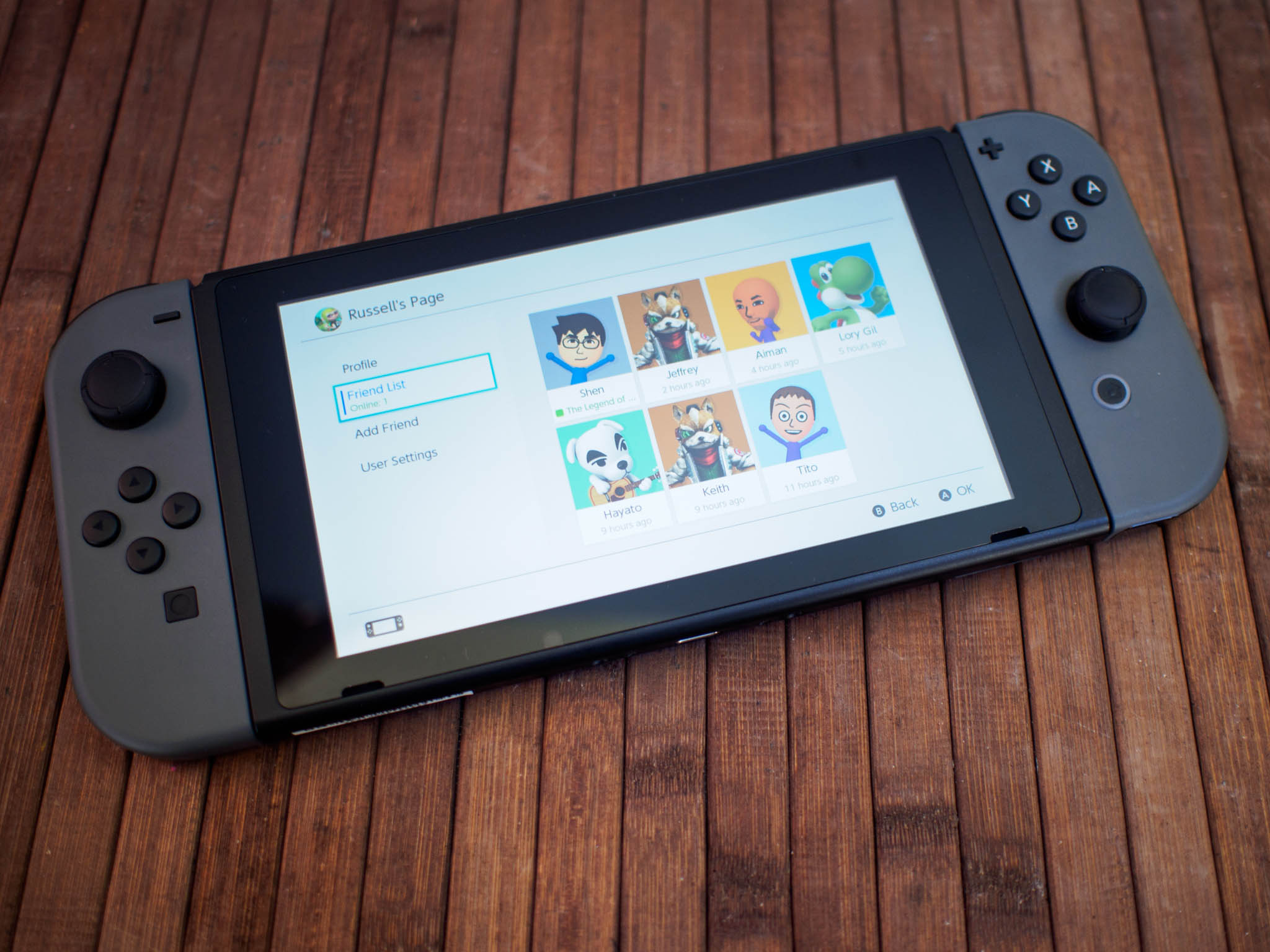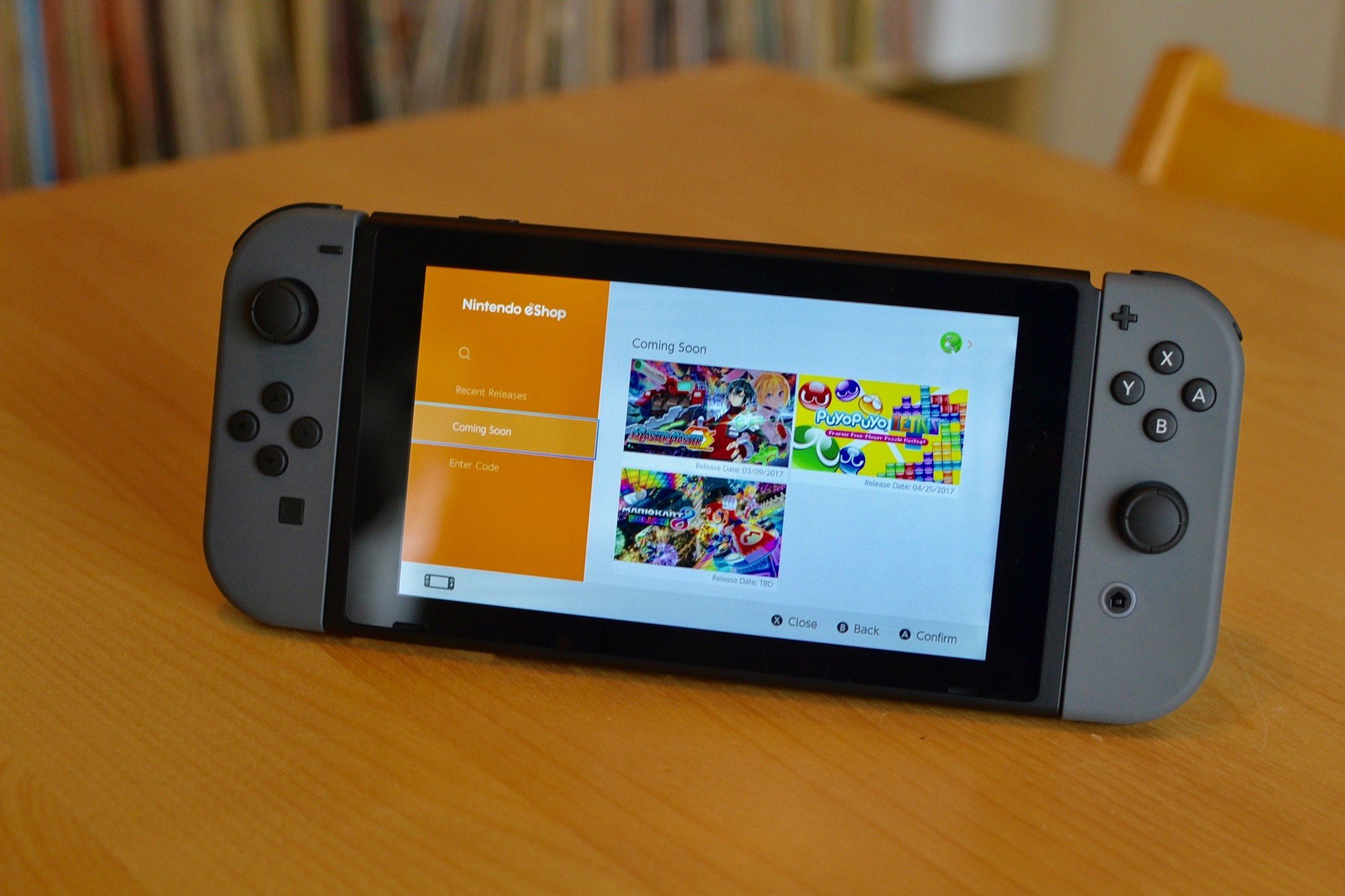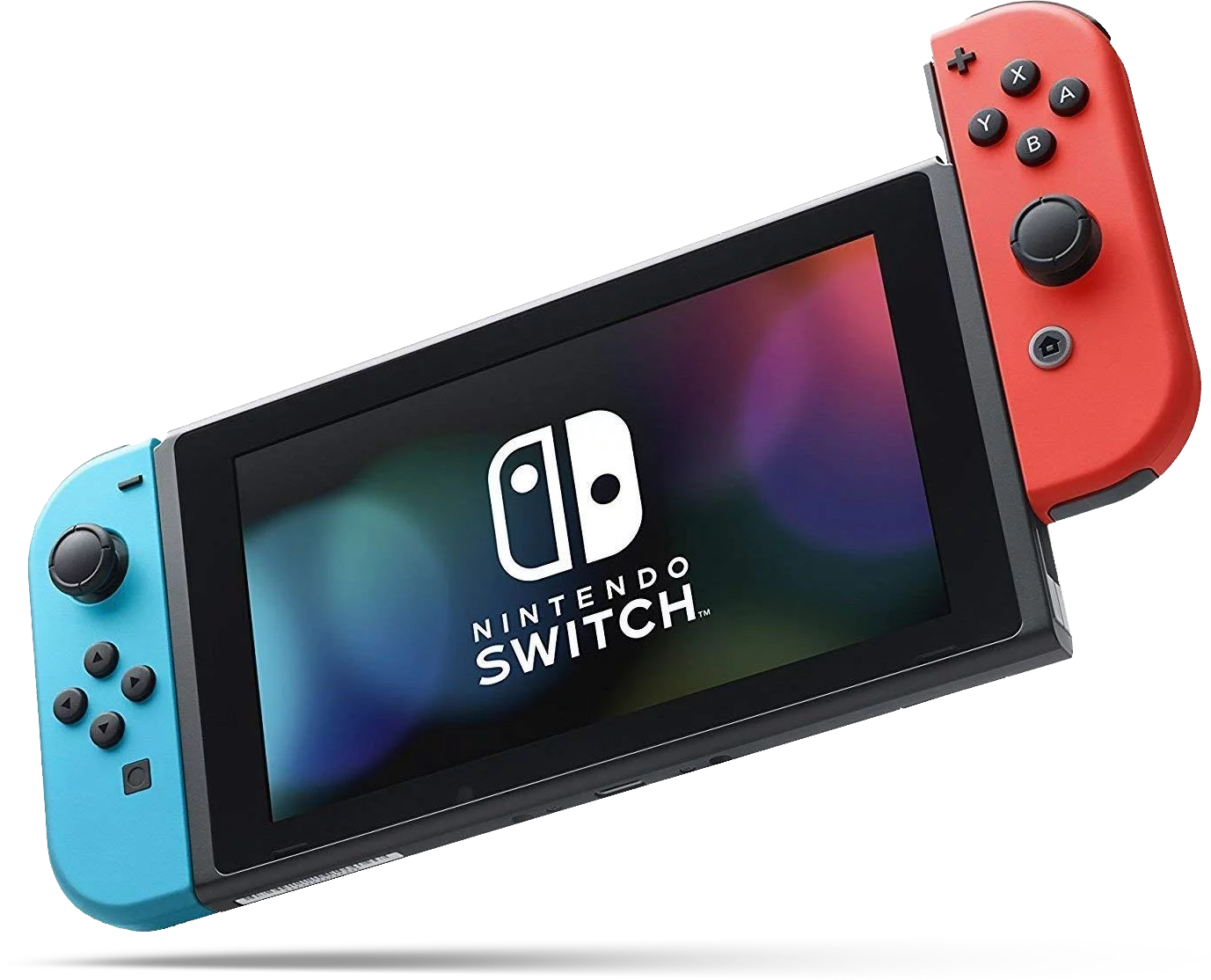Are you seeing bad pixels on your Switch? Here's what Nintendo has to say!

Every display technology has a downside, and for LCD displays like the one in your Nintendo Switch that downside is called Dead Pixels. A single pixel can fail to respond when instructed to change color like the rest of the display, and in some cases that single pixel never changes color again. Dead pixels can show up at any time, and in many cases isn't something that can be repaired. The display almost always needs to be replaced instead, which is why manufacturers tend to have an official policy on dead pixels somewhere on support websites.
Nintendo's official policy for dead pixels on the Switch was discovered on the comapny's UK support site recently, and it has left more than a few people wondering what to do if dead pixels appear on their console.
Nintendo's official policy currently reads:
Small numbers of stuck or dead pixels are a characteristic of LCD screens. These are normal and should not be considered a defect.
From a technical perspective, this is true. Dead pixels are an expected thing on a small percentage of LCD displays. There's no way to anticipate a dead pixel, and there's no way to prevent dead pixels in normal use. They can appear at any time in the life cycle of a device, though in a vast majority of cases they never appear at all.
That last part, about dead pixels not being considered a defect, has a lot of users concerned about warranty replacements. Nintendo's included one year warranty for the Switch reads:
Nintendo of America Inc. ("Nintendo") warrants to the original purchaser that the hardware product shall be free from defects in material and workmanship for twelve (12) months from the date of purchase. If a defect covered by this warranty occurs during this warranty period, Nintendo will repair or replace the defective hardware product or component, free of charge.* The original purchaser is entitled to this warranty only if the date of purchase is registered at point of sale or the consumer can demonstrate, to Nintendo's satisfaction, that the product was purchased within the last 12 months.
So if the warranty says it will cover all defects, but Nintendo says dead pixels aren't considered a defect, does that mean Nintendo won't replace your Switch if a dead pixel appears in the first year of ownership? The answer is, unfortunately, a little confusing.

For starters, Nintendo's dead pixel statement can only be found on the UK troubleshooting page right now. It doesn't exist on the US support page, but an entirely contradictory statement does exist on the US support page for the Nintendo 3DS:
Master your iPhone in minutes
iMore offers spot-on advice and guidance from our team of experts, with decades of Apple device experience to lean on. Learn more with iMore!
We are happy to inspect and, if necessary, fix the system at no charge within the warranty period.
Nintendo having different policies for different regions of the world for the exact same problem isn't great, but there's some other things to consider. Nintendo, like many companies with LCD products, are very careful to use the words "small numbers of stuck or dead pixels" when describing something that is or is not supported. Specific numbers aren't usually given publicly, because in many cases users don't notice when a single pixel is stuck unless the display is all one color and there's this tiny speck that stands out.
This means Nintendo's warranty likely does cover dead pixels, just not a single dead pixel. It's a fairly common position for manufacturers to take, which is why there are usually several alternatives available to users.
- Inspect your Nintendo Switch thoroughly the next chance you get, and if you see a stuck pixel, return it to the store you bought it from before the return policy expires.
- Purchase an extended warranty from your retailer, and your display will be covered no matter what.
- Call Nintendo support and explain that the stuck pixel has "interfered with the enjoyment of gameplay" and be sure to use those words.
There's no guarantee that your Nintendo Switch will ever have a dead pixel, but it's important to know what is and is not covered by your warranty as early as possible. What do you think about this dead pixel policy? Will it stop you from picking up a Nintendo Switch? Sound off in the comments!
Russell is a Contributing Editor at iMore. He's a passionate futurist whose trusty iPad mini is never far from reach. You can usually find him chasing the next tech trend, much to the pain of his wallet. Reach out on Twitter!


